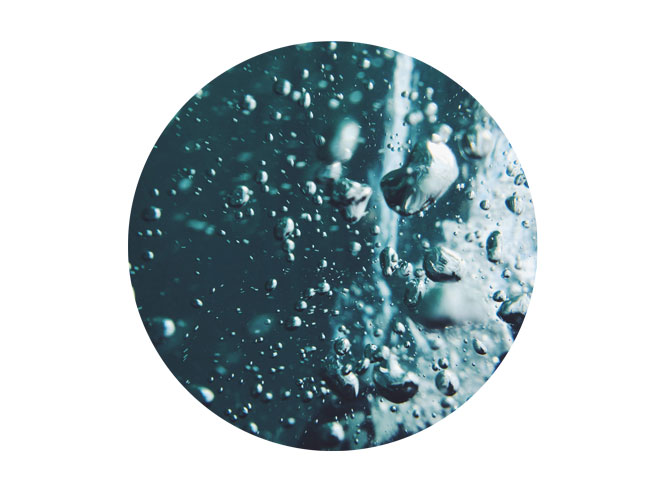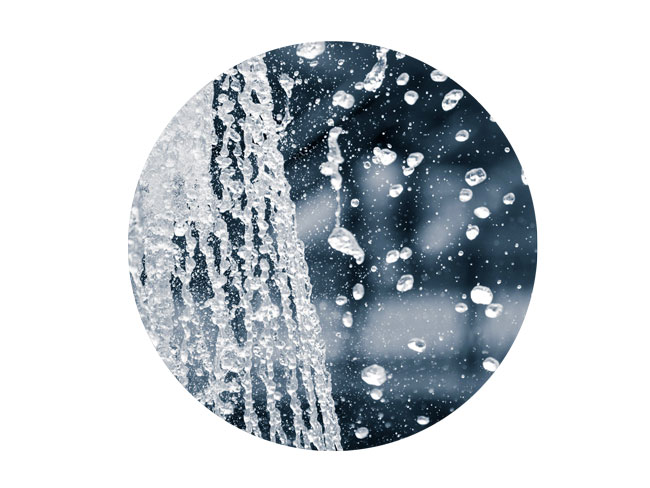Interesting facts
Our partners
We have been working together with the firm BBB Gebäudetechnik GmbH since 2018. BBB has specialised in water technology for drinking water, heating water and process water for more than 20 years. Together, we have developed new 3Quellen models for centralised and decentralised drinking water supply. The entry-level model 3Quellen S made our patented technology accessible to everyone. Nowadays we can offer tailored water activation solutions for apartments, houses and major consumers of water.
Water filter and water activation
In our view, BBB is the market leader when it comes to sustainable water filtration. We supply the WiV Mini Filter to go with our 3Quellen devices.
Any harmful substances (e.g. medication residue, hormones or heavy metals) are absorbed by a coconut membrane that does not alter the mineral content of your drinking water. All of the parts used in the filter are made of the highest quality materials and are suitable
for environmentally friendly recycling.
In addition to the WiV Mini Filter for decentralised installation into the drinking water point, filter systems for centralised installation for properties, the restaurant trade and industry are also available through our partners.
Contact with minerals changes the charging properties of water
A research group at the Max-Planck Institute for Polymer Research in Mainz was able to prove that contact with solid surfaces changes the chemistry of water. The findings were published in June 2014 in the well-known “Science” journal. One of these findings was that the charging properties of flowing water change when it comes into contact with silicate surfaces. CeraAktiv is made of special silicate minerals, crystals, quartzes and feldspar stones that are not soluble in water.
Bibliography
SCIENCE 1138 – 1142 6 JUNE 2014
VOL 344 ISSUE 6188 sciencemag.org
Liquid flow along a solid surface reversibly
alters interfacial chemistry
Dan Lis, 1* Ellen H. G. Backus, 2 Johannes Hunger,
2 Sapun H. Parekh, 2 Mischa Bonn 2*
1 Department of Physics, University of Namur,
Rue de Bruxelles 61, 5000 Namur, Belgium.
2 Department of Molecular Spectroscopy,
Max Planck Institute for Polymer Research,
Ackermannweg 10, 55128 Mainz, Germany.
* Corresponding author. E-mail: dan.lis@unamur.be (D.L.);
bonn@mpip-mainz.mpg.de (M.B.)


